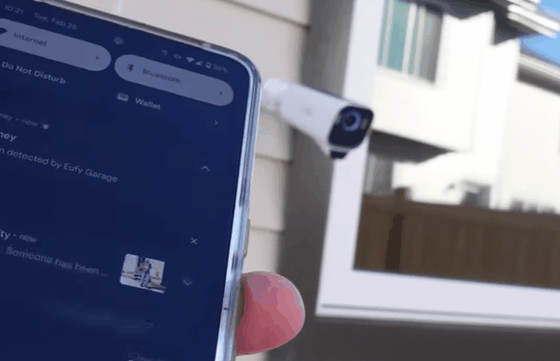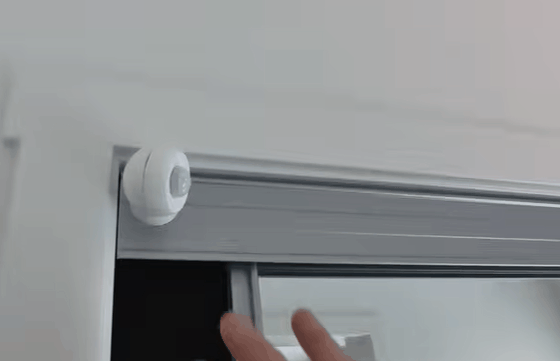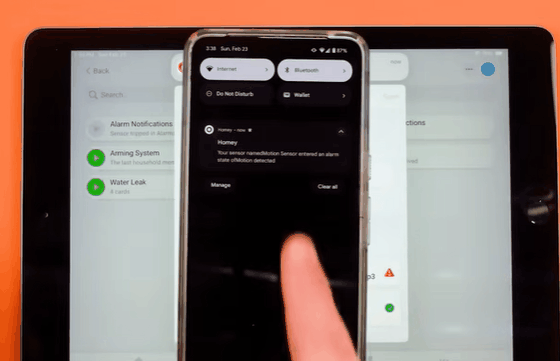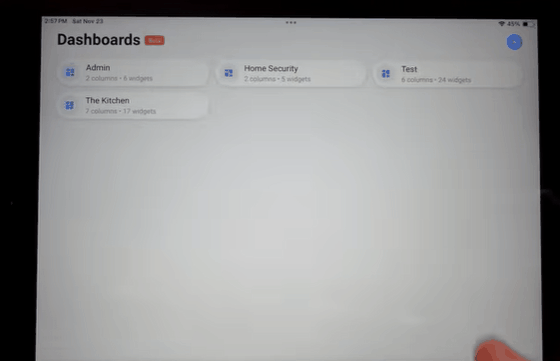Build Your Own Smart Home Security System : A Complete Beginner's Guide

In an age where everything from doorbells to lights can be controlled with your phone, home security has entered the smart era. But for many people, building a smart security system still feels complicated, expensive, or reliant on monthly subscriptions. Surprisingly, building your own smart home security system is easier than you think.
With platforms like Homie, you can build your own professional-level smart home security system: customized, powerful, and completely subscription-free. Whether you're protecting a small apartment or a larger home, this guide will walk you through everything you need to know, from choosing the right sensors to setting up automations and creating a control dashboard.
RELATED 1: Smart Home Revolution: The Ultimate Guide to Building a Smart Home System
RELATED 2: Top-Rated Home Security Systems of 2025: Trusted Picks by Our Experts
- Homie Hub (Pro or Mini)
- Contact sensors (Zeus, Aara, etc.)
- Motion/presence sensors
- Cameras (Yui or Ring)
- Sonos speaker (for alarms)
- Optional: smart buttons, custom dashboard tablet
Step 1: Choose Your Devices
Building a smart security system starts with the right hardware. Here's what you'll need:
Central Hub
- Homie Pro Hub: Best for power users. Supports Z-Wave, Zigbee, Thread.
- Homie Pro Mini: A compact, budget-friendly option with slightly fewer features.
Security Sensors

PHOTO: Automate Your Life
Contact Sensors: Monitor if doors, windows, or drawers are opened.
Motion Sensors: Detect movement indoors or outdoors.
Presence Sensors: Detect if someone is physically present in a room (more accurate than motion).
Cameras: Record and monitor video.
Speakers: Used for alarms and audio alerts.
RELATD:Transform Your Indoor Air: Top-Rated Air Purifiers for Cleaner, Healthier Living

PHOTO: Automate Your Life
Step 2: Plan Your Security Layout
Before installing anything, it’s important to plan your setup strategically. Ask yourself:
- Which entry points need protection? (Front/back doors, windows, garage, balcony)
- Where do you want early warnings? (Driveway, hallways, outdoor areas)
- How do family members typically enter/leave the house?
- Will everyone use the app to control the system, or do you need physical buttons too?
Think in layers:
- Use motion/presence sensors to detect general movement.
- Use contact sensors to protect specific openings like doors and windows.
- Use cameras for visual monitoring and recording.

PHOTO: Automate Your Life
Step 3: Install the Devices
Once you've got your plan and your devices, it's time to install:
Sensor Installation Tips
- Use strong double-sided tape or clear adhesive strips—they're easy to install and remove.
- Contact Sensors: Place on windows, doors, drawers. Use magnetic tape to hide them behind frames.
- Motion Sensors: Best placed in room corners, pointing toward entryways.
- Presence Sensors: Great for bedrooms, living rooms, or workspaces—anywhere people spend time without moving much.
Tip: For clean installs, consider sensor size and battery life. Smaller often means shorter battery life.
RELATD: Voice Assistant Showdown: Who is Your Best Smart Home Companion?
Step 4: Connect and Configure in Homie
With everything in place, open your Homie app and begin connecting devices.

PHOTO: Automate Your Life
Setup Basics
- Pair each sensor to your Homie Hub.
- Name them based on location (e.g., “Living Room Window”, “Front Door Motion”).
- Group them into zones (e.g., Upstairs, Garage, Entryway) for smarter control.
Key Apps You’ll Use
- Soundboard App: Upload MP3/WAV audio alerts (e.g., alarms, dog barks).
Heimall App: Your command center for all things security. Set:
- Arm/disarm modes
- Entry/exit delays
- User access levels and PIN codes
- Alerts and notifications
RELATD:Top Smart Doorbell Cameras Reviewed

PHOTO: Automate Your Life
Step 5: Add Smart Automations
What makes a smart home smart is automation. Here are the most useful ones for security:
Presence-Based Automation
Use the Smart Presence feature to detect when family members are home or away.
Examples:
- Last person leaves home → Automatically arm the system
- First person returns → Disarm system
Tip: Assign static IPs to devices (like phones) to make presence detection more stable.
Time-Based Automation
- Arm the system every night at 1 AM
- Disarm automatically every morning at 7 AM
PIN Control
- Set different access levels for family members
- Require PINs for manual arming/disarming
- Get notified if someone enters the wrong PIN
Step 6: Create Your Security Dashboard
Homie lets you build a custom dashboard that works like a control panel.
Dashboard Features
- View real-time sensor status
- See if the system is armed/disarmed
- Check who's home
- Trigger automations
- Display camera snapshots (if using Yui/Ring)
Setup Tip: Dashboards are created inside the Homie app. Add the Heimall module, link devices, and organize it however you like.
⚠️ Security Tip: Currently, dashboards can’t be locked with a password—avoid placing tablets or screens in public areas.

